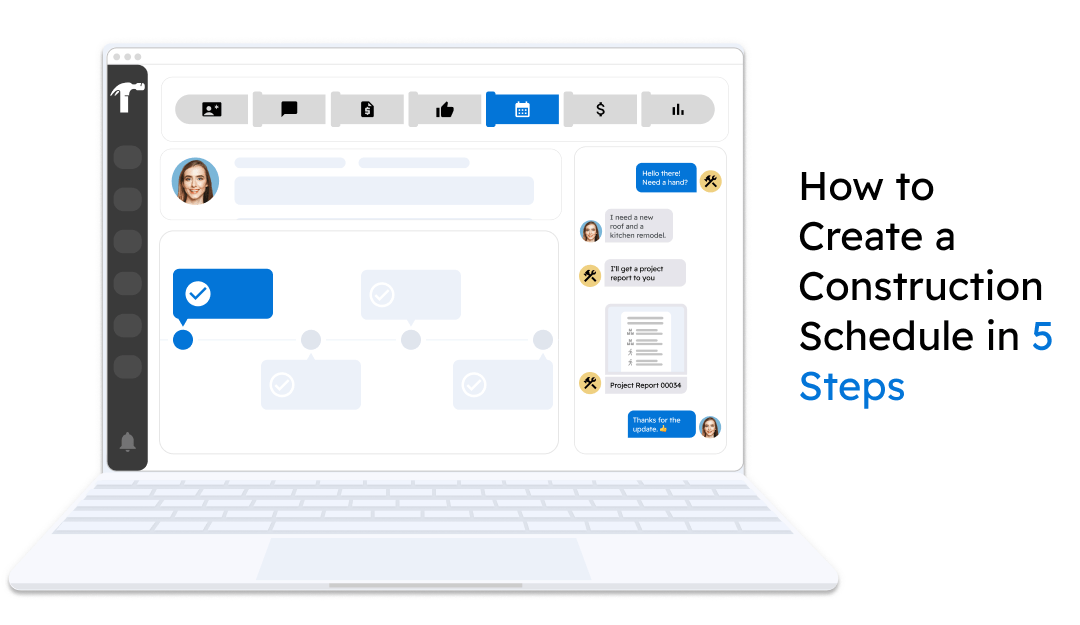The keystone to any project is a well-thought-out and planned schedule. It’s the blueprint that coordinates tasks, manages resources, and ensures your team meets critical milestones. Here’s a streamlined five-step process that construction companies can adopt to create a robust construction schedule.
Step 1: Establish the Project Scope
Begin by defining the project’s scope. Every wall that needs plastering, and every employee working, must be accounted for. This step is about creating a comprehensive estimate. The estimate is your project dictionary and will serve as a reference point for all scheduling decisions.
Step 2: Sequence the Activities
With the estimate in hand, you’ll sequence the activities. Determine the order of operations and identify dependencies. Remember, construction is a symphony, and each section must come in at the right time. You could use a Gantt chart to visualize how tasks overlap and sequence better.
Step 3: Assign Resources
Now, align your resources with the sequenced tasks. Assign teams and equipment to each activity. Be realistic about the availability and capabilities of your resources. This step ensures that when the time comes for action, you have the right crew with the right tools on site.
Step 4: Estimate Duration
It’s time to set the tempo. Estimate the duration of each task, considering factors like workforce experience, site conditions, and potential roadblocks. This isn’t guesswork; use historical data and professional judgment to forecast how long tasks will take. This will form the timeline of your project.
Step 5: Monitor and Adjust
Finally, a schedule is a living document. Regular monitoring is crucial. Be prepared to adjust for weather delays, change orders, or unexpected challenges. Implement our system that allows for real-time updates and transparent communication across the project team.
By following these steps, you’ll craft a construction schedule that’s both a map and a compass for your project’s journey. It’s not just about timelines—it’s about building a foundation for project success.
Click here to check out some of our Project Management features.
Conclusion
Remember, the most effective schedules are those that are understood and actionable by all team members. Equip your teams with the tools they need, like Projul, to create, understand, and execute the project plan seamlessly.
Projul is an all-in-one construction management software that allows you to create a schedule for specific projects and assign tasks to members of your team. Creating a schedule allows for transparency with customers and employees when working through a project. Projul has a unique feature that allows you to slide and adjust your project timeline in the event of bad weather, delays, or change orders that you or your team were not expecting. Check out our website for more information about our amazing scheduling features!
